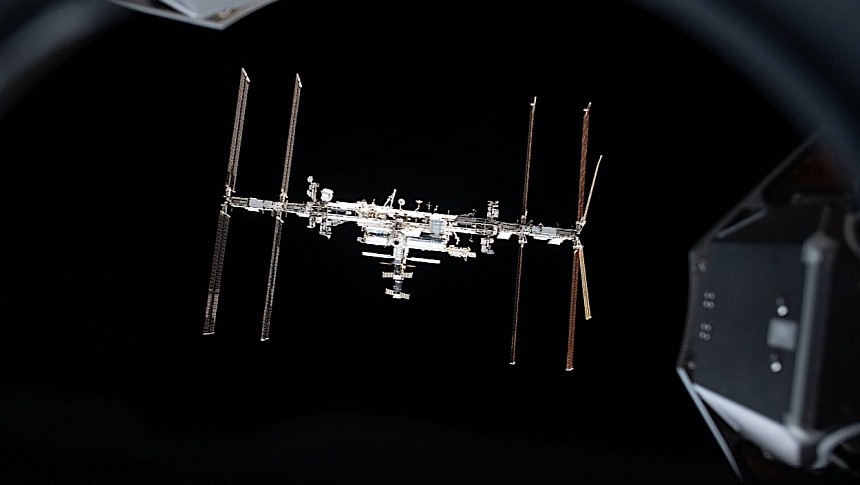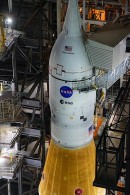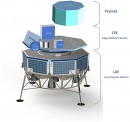Given how astronauts launching and returning to and from the International Space Station (ISS) tend to always to steal the spotlight, it's easy to forget that space-based operations require tons upon tons of supplies to be sent up there. In fact, there are probably more resupply missions being performed than actual crewed ones.
At the time of writing, the space station is being supplied by several spaceships, the most prominent of the bunch being the SpaceX Dragon and the Russian Soyuz. Several others, like the Northrop Grumman Cygnus or the European Automated Transfer Vehicle (ATV) played their part as well.
Generally speaking, these ships can carry up to six tons of cargo (Dragon) to the ISS, and come back down with about half that. That means the existing ones more than serve the station's needs, and there is little need for new ones.
But as it stands, despite being jointly operated by nations in North America, Asia, and Europe, the ISS is only supplied by American and Russian ships. The European Space Agency (ESA), which plans to become a major player in the nascent space economy, can't have that anymore, and announced last week it is looking for a commercial cargo service to send supplies to both the ISS, and to upcoming space stations.
ESA doesn't plan to break some records when it comes to how much supplies will send up there, and says it only wants a spaceship that can carry a minimum of two tons of pressurized cargo, and bring back one ton. Something pretty much all existing space companies in this business can easily do. But there's a catch.
You see, ESA is not planning to hand over this contract to some company that operates on a different continent, but to an European one mainly. That's because the idea is part of the agency's larger Terrae Novae approach, which seeks to make it a solid presence in the space around our planet by the end of the next decade.
The exact specifications of the spaceships needed for the task were not disclosed, and they probably will fall on the companies to be selected, as it's them that will "retain full project authority and full responsibility," while ESA will only be the paying customer.
We do know the ship will probably be of a new design, one that'll have to fly a demo mission to the ISS, and come back down to Earth, by 2028. The agency will also not be involved in the development of the spaceship, and will provide only "a fraction of the funding necessary to complete the development of the cargo delivery system and launch the demonstration flight."
More details on exactly what ESA expects will be revealed on June 15, when a webinar on the subject will be held.
Generally speaking, these ships can carry up to six tons of cargo (Dragon) to the ISS, and come back down with about half that. That means the existing ones more than serve the station's needs, and there is little need for new ones.
But as it stands, despite being jointly operated by nations in North America, Asia, and Europe, the ISS is only supplied by American and Russian ships. The European Space Agency (ESA), which plans to become a major player in the nascent space economy, can't have that anymore, and announced last week it is looking for a commercial cargo service to send supplies to both the ISS, and to upcoming space stations.
ESA doesn't plan to break some records when it comes to how much supplies will send up there, and says it only wants a spaceship that can carry a minimum of two tons of pressurized cargo, and bring back one ton. Something pretty much all existing space companies in this business can easily do. But there's a catch.
You see, ESA is not planning to hand over this contract to some company that operates on a different continent, but to an European one mainly. That's because the idea is part of the agency's larger Terrae Novae approach, which seeks to make it a solid presence in the space around our planet by the end of the next decade.
The exact specifications of the spaceships needed for the task were not disclosed, and they probably will fall on the companies to be selected, as it's them that will "retain full project authority and full responsibility," while ESA will only be the paying customer.
We do know the ship will probably be of a new design, one that'll have to fly a demo mission to the ISS, and come back down to Earth, by 2028. The agency will also not be involved in the development of the spaceship, and will provide only "a fraction of the funding necessary to complete the development of the cargo delivery system and launch the demonstration flight."
More details on exactly what ESA expects will be revealed on June 15, when a webinar on the subject will be held.











